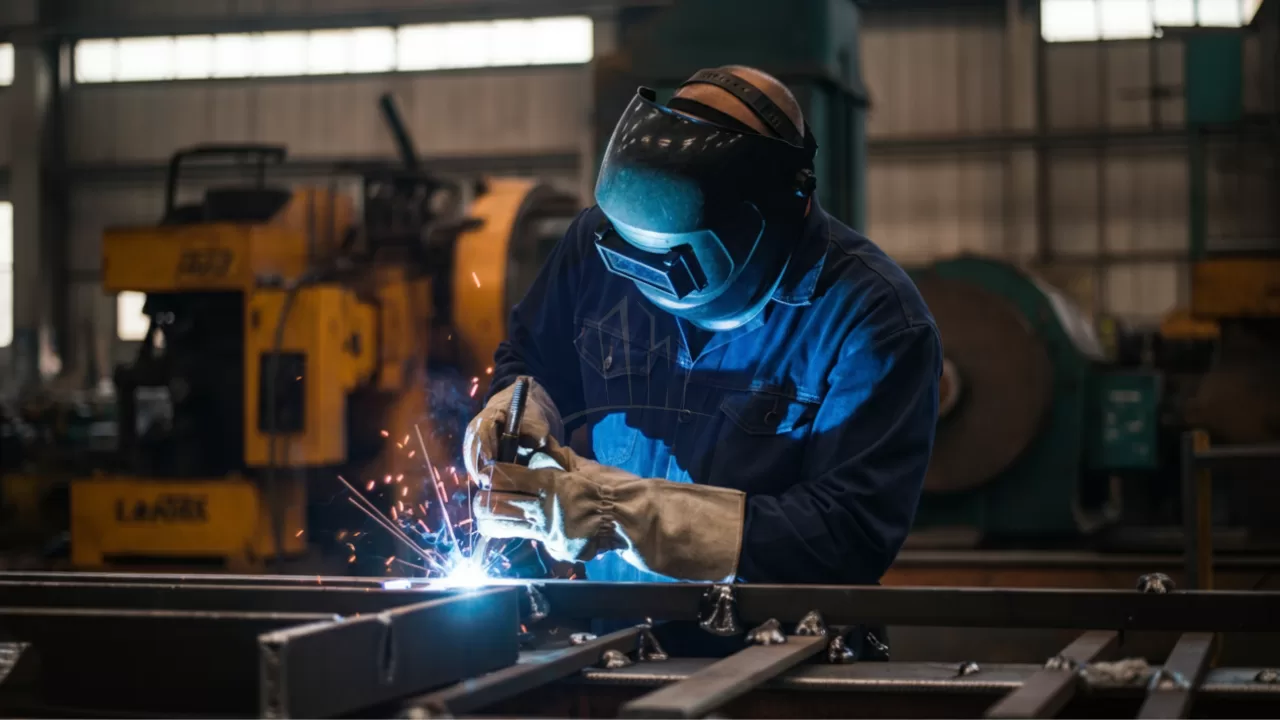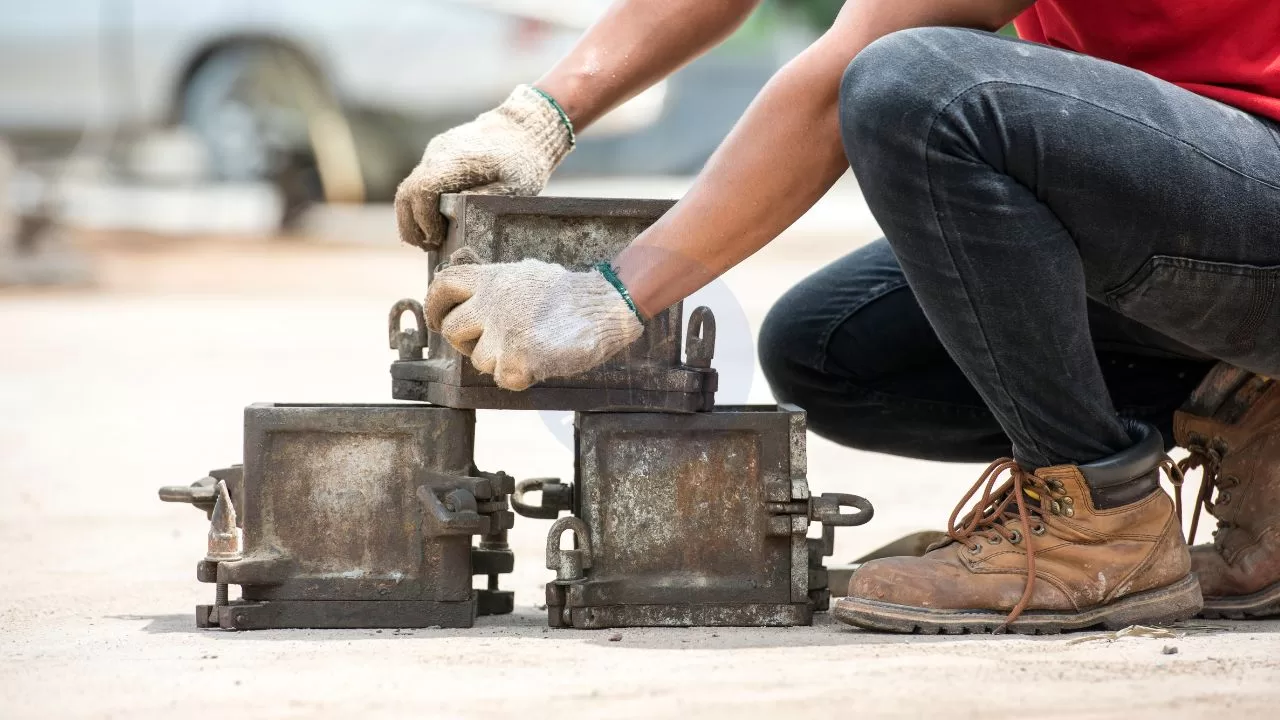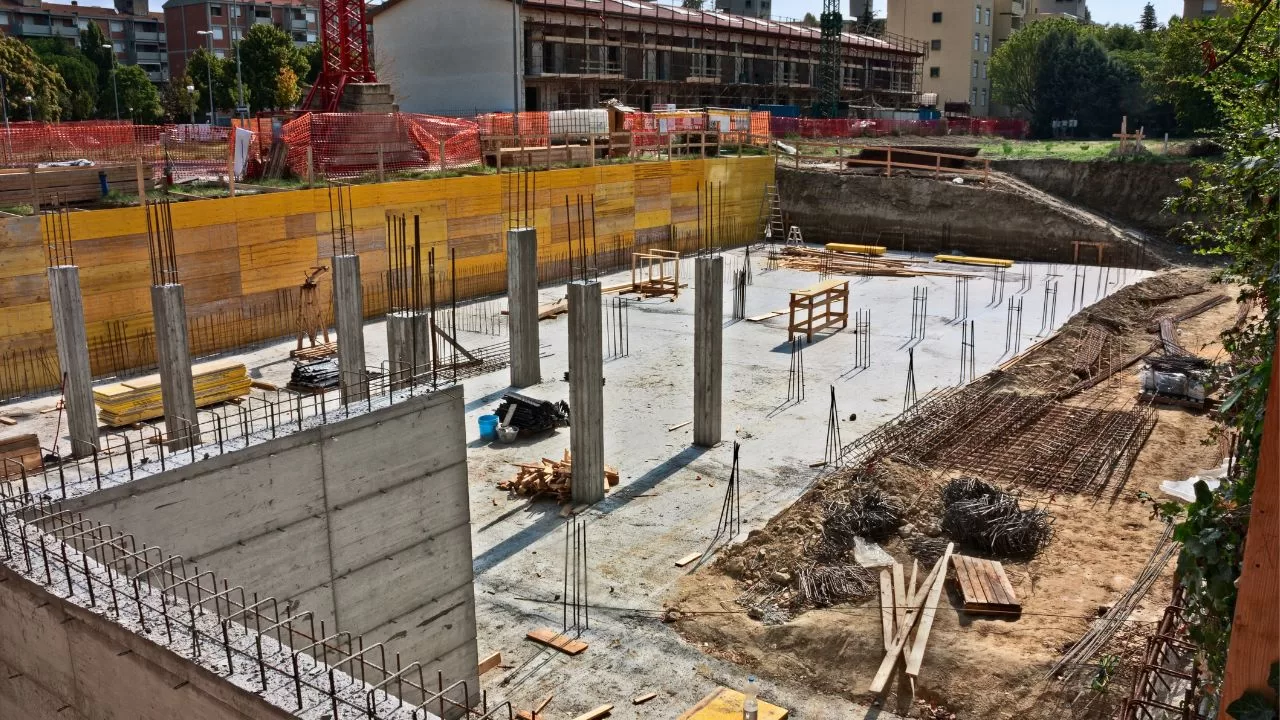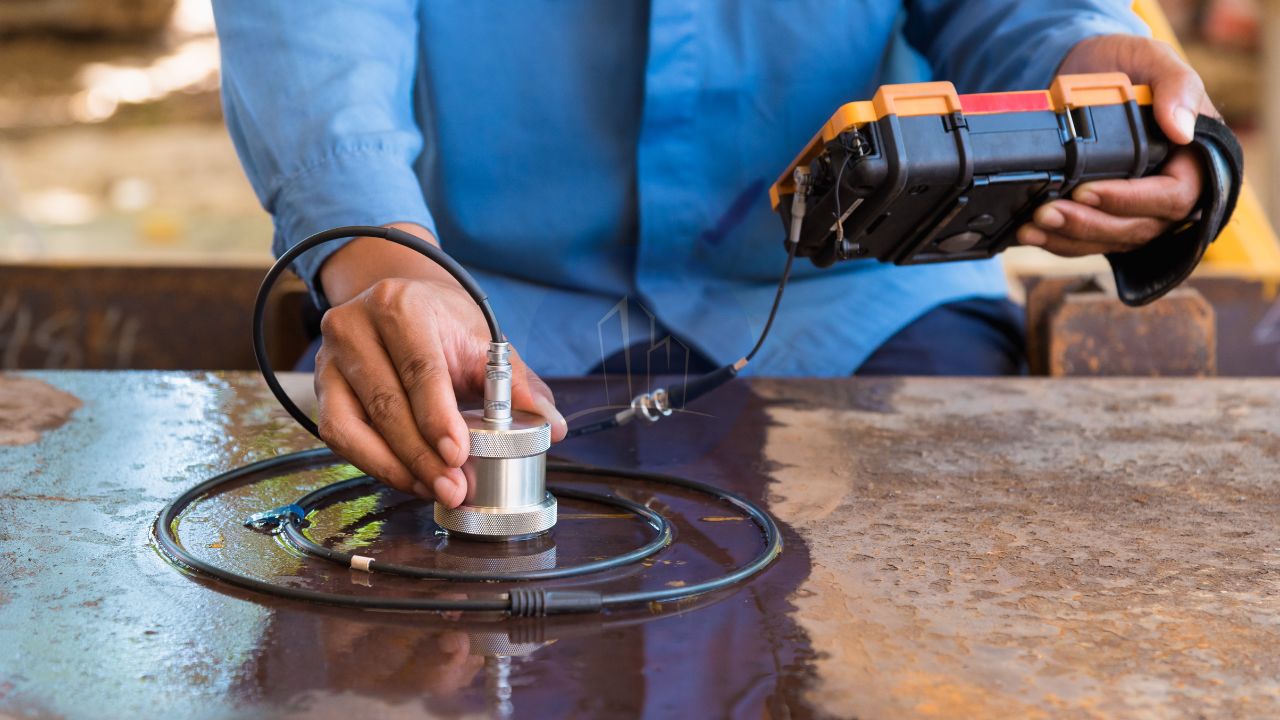Carpet area and Built up area – Difference
Carpet area, built-up area, plinth area, and super built-up area are crucial terms when buying a home. Each term offers different insights into the true size and usable space within a property. Carpet area refers to the usable floor space inside a home. It excludes the walls. Built-up area encompasses the carpet area along with the thickness of the walls and additional spaces like balconies. Understanding these terms is essential, especially for civil engineers who need to adeptly interpret floor plans.










